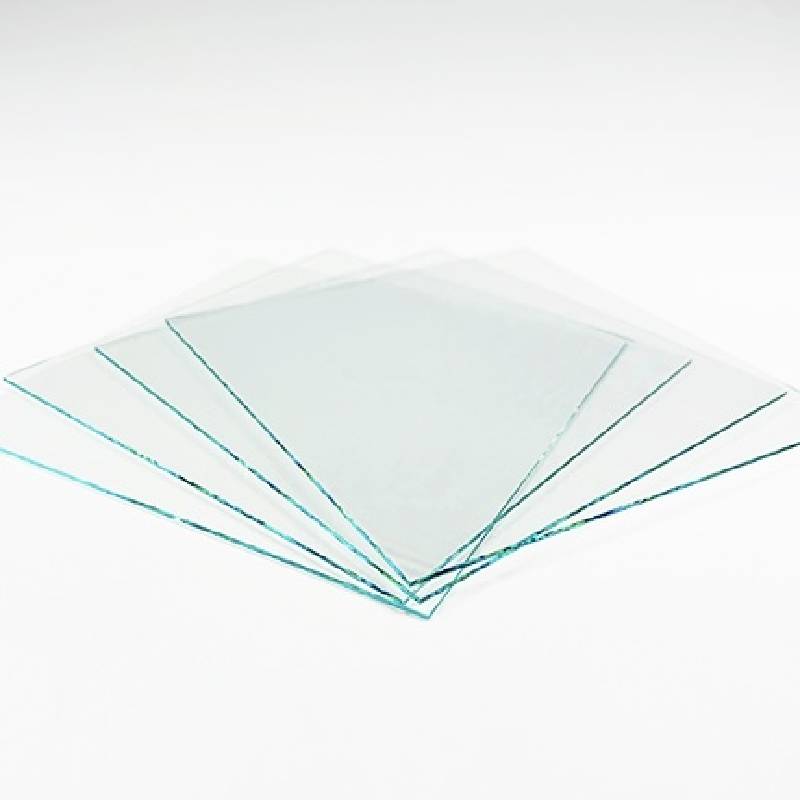

Clear and Frosted Glass A Fusion of Aesthetics and Functionality
In the realm of architecture and interior design, glass has emerged as a pivotal material, transcending mere utility to become a medium of expression. Among the various types of glass, clear and frosted varieties play distinct yet complementary roles. Each type possesses unique characteristics that cater to specific needs while enhancing the overall aesthetic of spaces.
The Beauty of Clear Glass
Clear glass stands as a symbol of transparency and openness. Its pristine clarity allows for uninterrupted views, making it an excellent choice for applications ranging from windows to interior partitions. In residential settings, clear glass is often used to create a sense of spaciousness. When used in large windows, it invites natural light, fostering a warm and inviting atmosphere. This connection to the outside world is invaluable, as it not only enhances the visual appeal of a space but also positively impacts the occupants' mood and well-being.
In commercial environments, clear glass exudes modernity and sophistication. Glass storefronts, for instance, enable potential customers to glimpse the products within, creating an inviting atmosphere that encourages foot traffic. The unobstructed view allows businesses to showcase their offerings effectively, leveraging aesthetics as a means of attracting clientele. Furthermore, clear glass can be engineered for energy efficiency, incorporating features such as double glazing or low-emissivity coatings to help regulate indoor temperatures.
The Charm of Frosted Glass
On the other hand, frosted glass introduces an element of privacy while maintaining the ethereal beauty of glass. Through a process of etching, sandblasting, or applying a film, clear glass is transformed into a translucent surface that diffuses light but obscures visibility. This quality makes frosted glass an ideal choice for spaces where privacy is paramount, such as bathrooms, office partitions, and conference rooms.
Frosted glass is not just about practicality; it also carries an artistic flair. Its soft, diffused light creates a serene ambiance, offering a gentle illumination that can soften the harshness often associated with direct sunlight. In homes, frosted glass can be used in doors and windows, providing a perfect balance between openness and seclusion. The alluring aesthetics of frosted glass can also enhance interior decor, adding a touch of elegance and sophistication.

Combining Clear and Frosted Glass
The interplay between clear and frosted glass creates a dynamic design opportunity
. By strategically integrating both types, designers can achieve functional versatility while enhancing the visual narrative of a space. For instance, a dining area may benefit from clear glass windows to optimize natural light while using frosted glass panels to partition off a cozy nook for intimacy.In commercial spaces, a combination of clear and frosted glass can maximize both openness and privacy. An office environment can incorporate clear glass walls to foster collaboration and communication while utilizing frosted glass for private meeting rooms. This blend promotes a culture of transparency while respecting individual space, embodying the ideals of modern workspaces.
Environmental Considerations
As society increasingly emphasizes sustainability, the choice between clear and frosted glass can also reflect environmental consciousness. Modern glass technologies provide options that minimize energy consumption and waste. For example, low-E coatings can reduce heat loss and UV exposure through clear glass, while frosted glass can be recycled and reused in various applications, reducing overall environmental impact.
Conclusion
The synergy between clear and frosted glass exemplifies how two distinct materials can coexist, each enhancing the other’s beauty and functionality. Clear glass invites light and openness, cultivating connection with the surroundings. In contrast, frosted glass creates a private haven that softens space while still contributing to the aesthetic appeal. Together, they enable architects and designers to craft environments that are not only visually stunning but also responsive to the diverse needs of occupants. As we continue to explore innovative ways to utilize these materials, the possibilities for integrating clear and frosted glass into our living and working spaces remain boundless, driving the evolution of design in meaningful ways.